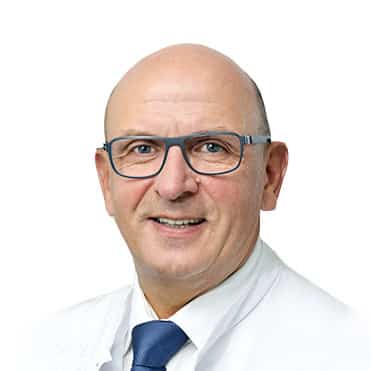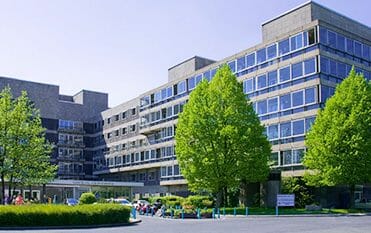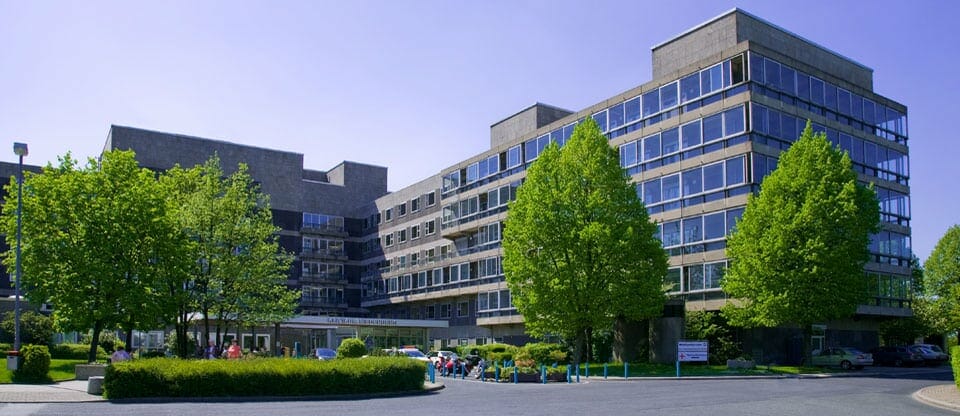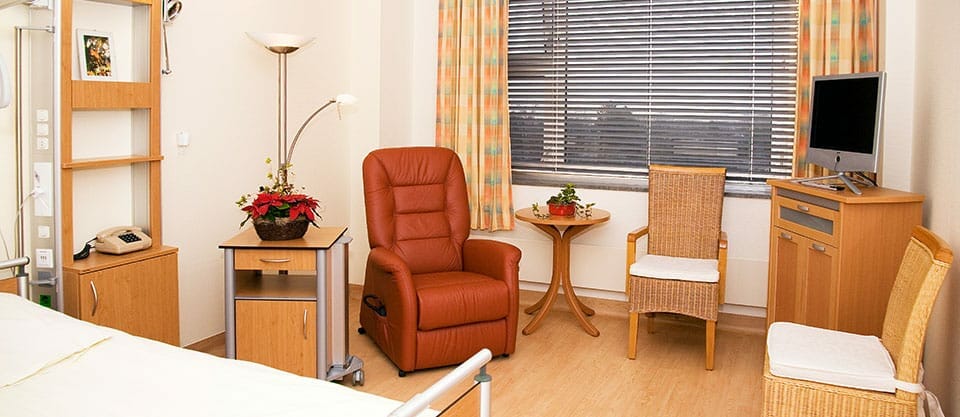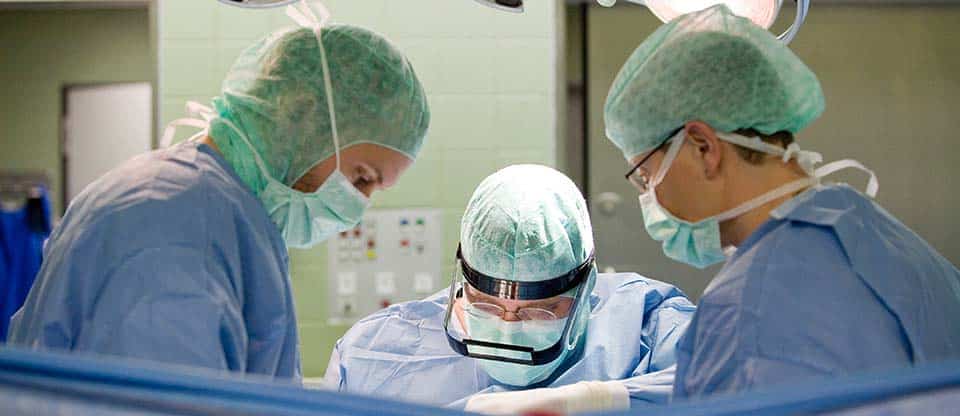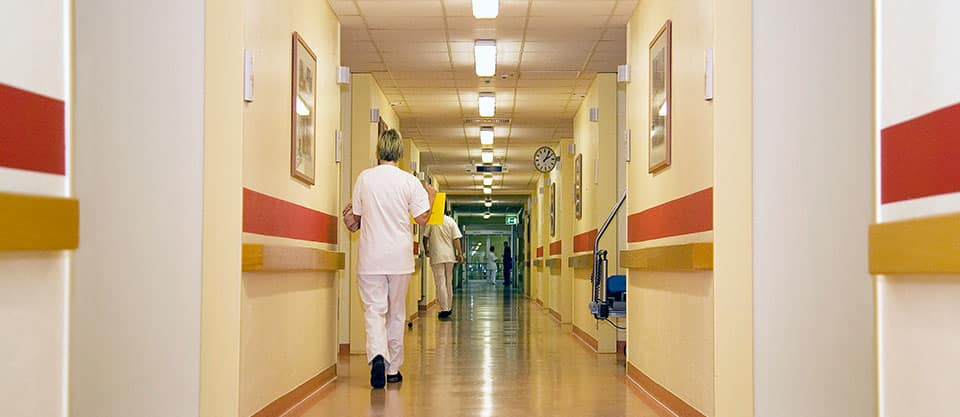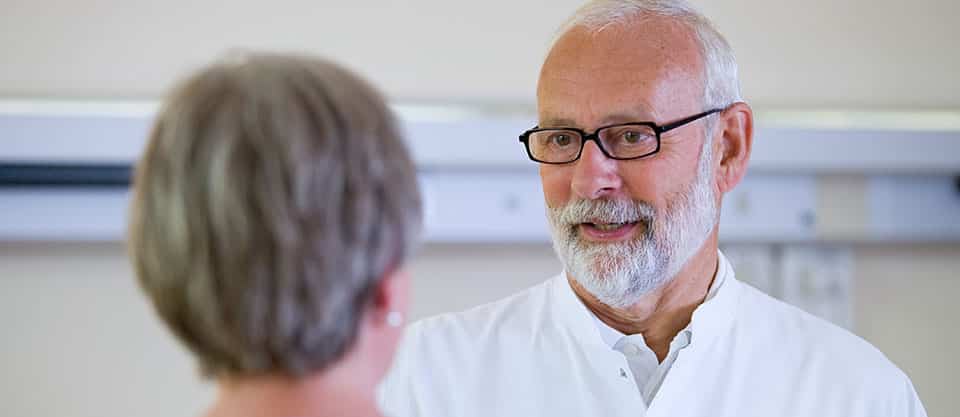For all patients with significant changes in the shape and volume of the breast after surgery, we offer the possibility of its reconstruction. Methods are very diverse and individual for each case.
Silicone Expander Technique
To do this, a tissue expander is inserted under the skin of the operated breast to stretch the skin and muscles of the breast, which is a silicone balloon, the volume of which is increased by filling it with isotonic saline (physiological saline). After a few months, the expander is removed and an artificial endoprosthesis is implanted instead. Most often, a prosthesis made of soft silicone rubber filled with silicone gel is used for these purposes, sometimes physiological saline is used instead of silicone gel. Some firms offer expanders that are used as permanent implants and do not require replacement. During the operation, the lower fold of the breast is restored. Reconstruction of the nipple-areal complex is carried out later.
Breast shaping using part of the latissimus dorsi muscle: (Latissimus dorsi - flap)
The donor tissue is part of the latissimus dorsi muscle. Sufficient tissue volume allows to form the necessary contour of the mammary gland from it. The advantage of the method is that the operation is technically well-performed and gives good results. For the optimal formation of the mammary gland, own tissues are often not enough. Sometimes artificial material is used for this, for example, endoprostheses (see above).
Breast shaping using a transverse rectus abdominis myocutaneous flap (TRAM flap - Transverse Rectus Abdominis Myocutaneous)
Under the navel in the area of the abdominal wall, as a rule, there is a skin-fatty tissue, which the patients would like to get rid of willingly, it is this tissue that is used for breast reconstruction.
The operation is performed by a special surgical method. To solve the problem, there are well-established methods of tissue grafting (for example, using a tissue flap on a feeding leg). A transverse flap of the rectus abdominis muscle is used as an implant. According to the TRAM technique, the transverse flap of the rectus abdominis muscle is not completely separated, thus maintaining its blood circulation. The transverse flap of the rectus abdominis muscle is twisted 180 degrees and the tissue implant is moved upward.
The technical implementation of the operation is very complex and requires careful selection of patients. That is, such an operation cannot always be implemented. An alternative method is a method that consists in tissue grafting without the use of muscle tissue. Microsurgical operations are performed using an electron microscope - the blood vessels of the transverse flap of the rectus abdominis muscle are sutured to the blood vessels of the intercostal space. This variant of surgical intervention requires mastery of surgical technique. Thus, an adequate blood supply to the graft is ensured. The skin of the lower parts of the anterior abdominal wall is ideal in color and consistency for breast reconstruction. The technique is one of the revolutionary achievements in modern plastic surgery and is considered to be the best method of breast reconstruction today. Given the complexity of the operation, appropriate specialists are involved in its implementation.
One- and two-stage methods of reconstructive operations
In practice, after breast removal, surgeons often have to decide when to perform breast reconstruction: already during the primary operation (one-stage reconstruction) or after the end of the entire course of treatment (delayed reconstruction). It depends on the type of primary operation and on the decision of the patient herself. It is very important that the patient is very clearly informed about the meaning and progress of the reconstructive surgery, and that she understands exactly what will be performed during the plastic surgery, what risks the operation is associated with. When using the two-stage method of reconstructive surgery, breast reconstruction is performed a few months after the mastectomy. This method is often preferred.
Women who delay breast reconstruction go through a period of emotional recovery. Some patients who have undergone a mastectomy, after a certain period of time, refuse reconstructive breast surgery, many of them get used to the changes on their body and regard them not as dramatically as at first. The right to make a decision on breast reconstruction always remains with the patient.
Nipple reconstruction
Nipples often have to be removed along with the tumor because they are glandular tissue and increase the risk of tumor recurrence (see above).
The aesthetic appearance of the mammary gland is very dependent on the nipple. Therefore, the success of the reconstructive operation largely depends on the result of the reconstruction of the nipple. Reconstructive surgery is aimed at restoring the nipple (central eminence) and restoring the areola (the dark circle of skin around the nipple - areola).
The following methods are applied:
- Artificial nipple made of silicone, if necessary, glued to the skin with special glue
- Nipple from the skin of another part of the body
- Nipple from the nipple of the other breast
- Nipple from a fold of adjacent skin
- Nipple made with cartilage lining
- Areola from the skin of other parts of the body
- Areola from the skin of another nipple
- Areola tattoo
Video
Request appointment
Useful links



